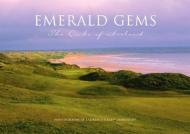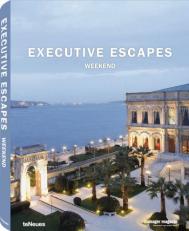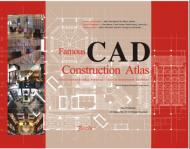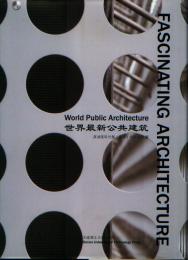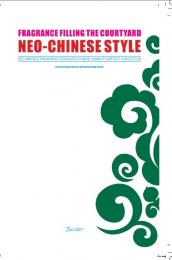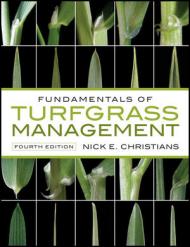Hotel interiors need to satisfy the imaginations of their customers and whet the appetite for a return visit or recommendation, and the design that gets the formula right will do as much to prolong the life of the business as the service delivered within the hotel. This book explores in detail 36 of the best recent hotel interior design schemes, featuring projects by leading architects from around the world. The book is divided into three sections embracing newly built and refurbished hotels as well as conversions.
Each project includes photographs as well as detailed drawings and plans, where appropriate, as well as informative text describing the design concept and process.
___________
Пролистать книгу Detail in Contemporary Hotel Design на Google Books.
___________
Другие книги серии:
Detail in Contemporary Retail Design (with CD-ROM)
Detail in Contemporary Bar and Restaurant Design
Detail in Contemporary Glass Architecture
Detail in Contemporary Timber Architecture (with CD-ROM)
Detail in Contemporary Concrete Architecture (with CD-ROM)
Detail in Contemporary Lighting Design (with CD-ROM)
Encyclopedia of Detail in Contemporary Residential Architecture with CD-ROM
Detail in Contemporary Residential Architecture (with CD-ROM) - Hardcover edition
Detail in Contemporary Residential Architecture (with CD-ROM) - Paperback edition
Detail in Contemporary Landscape Architecture (with CD-ROM) - Hardcover edition
Detail in Contemporary Landscape Architecture - Paperback edition




